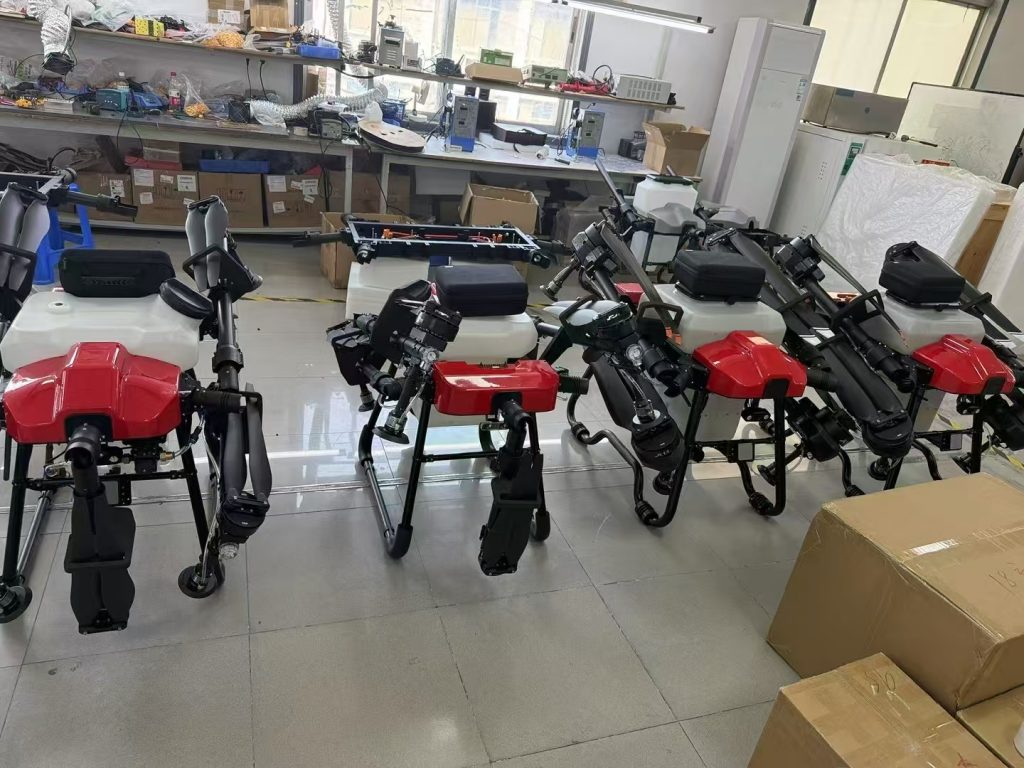
Turkey, a nation where agriculture weaves together history, culture, and economic vitality, stands as a critical player in global food systems. With 20% of its workforce engaged in farming and 6% of GDP derived from the sector, Turkish agriculture nourishes both its 85 million people and international markets—from the wheat plains of Anatolia to the olive groves of the Aegean and the cotton fields of the Mediterranean. Yet, this vibrant sector grapples with pressing challenges: shrinking water resources, fragmented mountainous terrain, an aging rural workforce, and the escalating impacts of climate change. To secure its food future and enhance competitiveness, Turkey is turning to smart farming—and agricultural drones, sourced from China’s specialized manufacturers, offer a tailored, high-impact solution to cultivate resilience and growth.
Turkey’s Agricultural Crossroads: Why Drones Matter Now
-
Water scarcity: Agriculture consumes 75% of Turkey’s freshwater, yet inefficient irrigation wastes up to 40% through evaporation or runoff. Crops like cotton in Adana and grapes in Denizli struggle as aquifers deplete and droughts intensify.
-
Terrain complexity: From the flat Anatolian Plateau to the rugged Taurus Mountains and coastal plains, fields range from vast stretches to steep, terraced slopes—demanding equipment that navigates all landscapes without compromise.
-
Labor gaps: Rural youth migration and an aging farmer population (average age: 58) delay critical tasks like pesticide spraying or seedling distribution, especially during peak harvests for olives or figs.
Chinese Agricultural Drones: Engineered for Turkey’s Unique Needs
1. Durability for Diverse Climates and Terrain
-
Climate resilience: Advanced cooling systems prevent overheating in Adana’s cotton fields, while insulated batteries withstand Erzurum’s sub-zero winters. Salt-spray-treated frames and IP68-rated sensors repel coastal humidity in İzmir and dust storms in Central Anatolia.
-
All-terrain agility: Multi-rotor drones with terrain-following GPS and obstacle sensors glide over Taurus Mountain vineyards and terraced olive groves, avoiding collisions with trees or rock formations. Fixed-wing models efficiently map vast Anatolian wheat plains, covering 500+ acres daily.
2. Precision Technology for Resource Efficiency
-
Smart spraying: Atomized nozzles reduce water use by 50–70% compared to manual methods. In Adana’s cotton fields, this cuts irrigation needs by 1,800 liters/hectare—critical as groundwater levels drop by 2–4 meters yearly.
-
AI-driven monitoring: Multispectral cameras detect early signs of pest outbreaks (e.g., olive fruit flies in Muğla) or nutrient deficiencies, enabling targeted interventions. Trials in Denizli’s vineyards reduced pesticide use by 40% while boosting grape sugar content for premium wine production.
-
RTK GPS accuracy: Centimeter-level positioning ensures uniform coverage in uneven terrain, vital for fig orchards in Aydın’s hilly regions, where inconsistent sprays cause uneven ripening.
3. Affordability and Scalability for All Farmers
-
Budget-friendly models: Affordable drones (under $12,000) empower smallholders to adopt tech without debt, democratizing precision agriculture.
-
Fleet management for cooperatives: Larger groups (e.g., cotton growers’ associations in Şanlıurfa) can deploy swarms via cloud software, slashing training time by 60% and cutting operational costs.
Beyond Hardware: Nurturing Local Capacity
-
Localized training: On-farm workshops teach pilots to operate drones, analyze crop health data, and perform region-specific maintenance (e.g., cleaning salt residue from Aegean coastal drones). Collaborations with Turkey’s Ministry of Agriculture and Forestry have reduced downtime by 40% and accelerated adoption in rural Anatolia.
-
Rapid support networks: Partnerships in Istanbul, Ankara, and İzmir stock spare parts, ensuring replacements reach farms within 24–48 hours—critical during planting or harvest when delays risk crop loss.
-
Cultural alignment: User interfaces are Turkish-language friendly, with training manuals featuring local crops (cotton, olives, grapes) and case studies from Turkish farms, easing adoption.
Mutual Growth: Strengthening Turkey’s Food Security
-
Economic empowerment: Reduced input costs and higher yields (trials show 20–30% increases) lift smallholder incomes, curbing rural poverty and slowing urban migration.
-
Environmental stewardship: Precision resource use lowers chemical runoff into the Mediterranean and Tigris-Euphrates basins, protecting aquatic ecosystems and aligning with Turkey’s “National Climate Change Action Plan.”
-
Climate resilience: Faster response to weather shocks—like post-drought crop recovery or heatwave mitigation—secures food supplies for Turkey’s growing population.

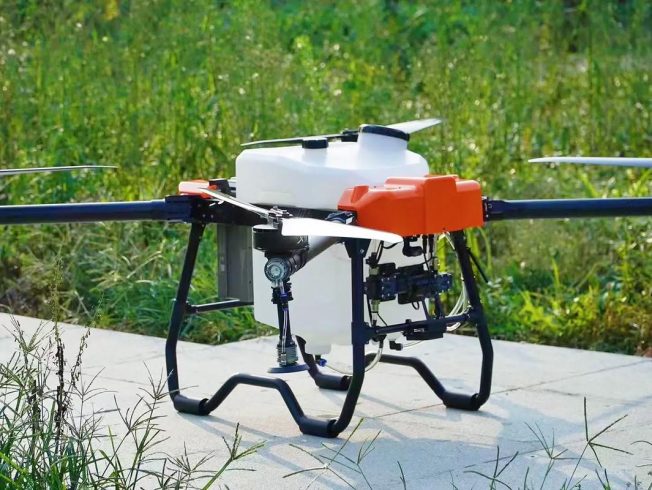
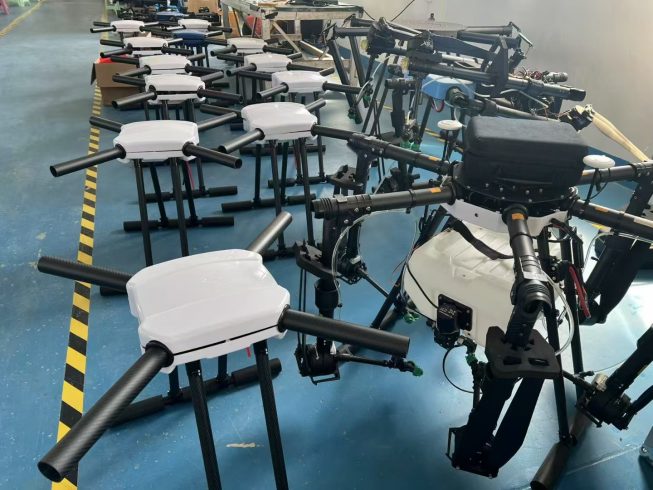
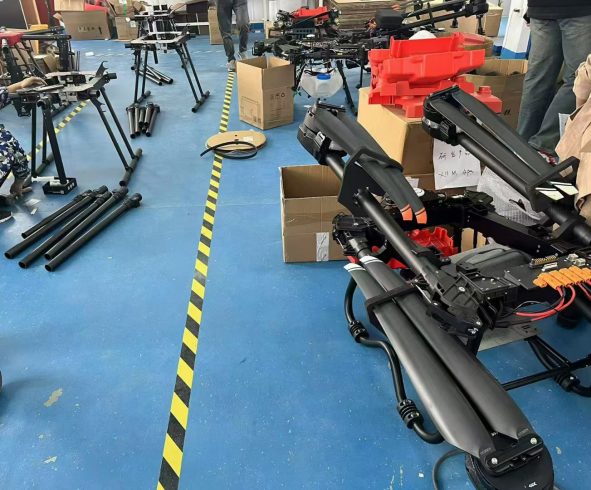
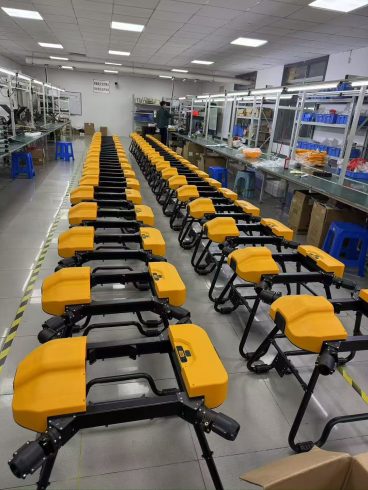



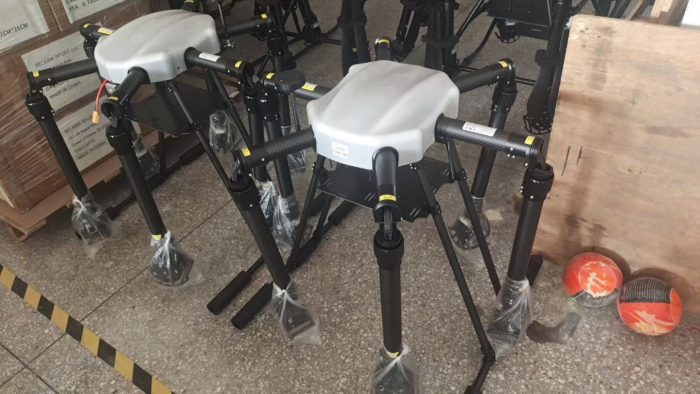
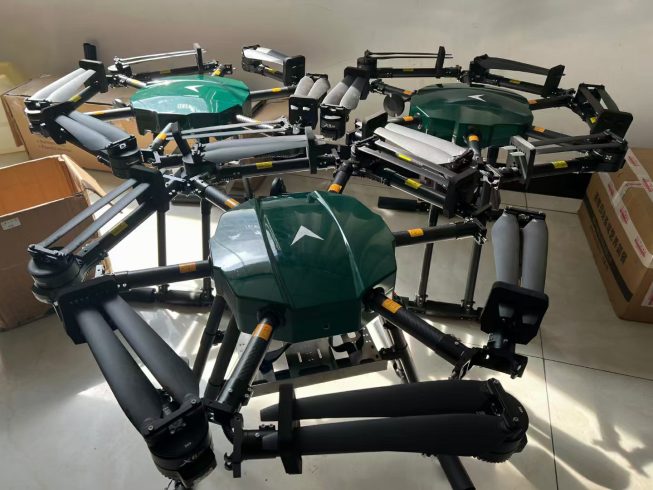
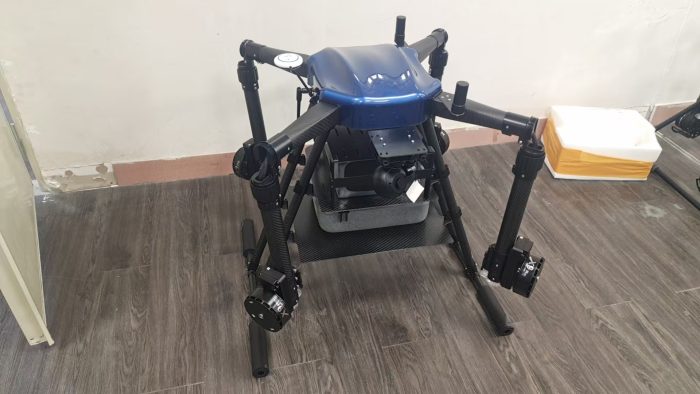

暂无评论内容